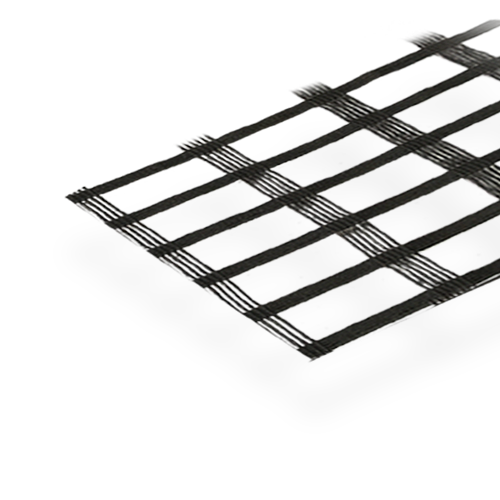Whitianga Waterways Bridge Abutment – MagnumStone™ MSE System
Project Details
Contractor
Client
Engineer
Location
Cirtex Regional Contact
Project Information
The Whitianga Waterways Residential Development is a comprehensively planned marine village, nestled into a man-made canal network on one of New Zealand’s prime coastal regions. Started in 2000, the project aims to provide over 1,500 high-end homes. All excavation work is done below sea level, constructing canals and canal walls in the dry, after which the canals will be flooded to admit the tide, creating navigation canals on waterfront sections.
A bridge linking one of three residential islands was required over the canal. Two previously constructed bridges were both piled 30m below the canal base through sands and estuarine silts and founded on a firmer layer. Specialist contractors had been brought in, using big drilling rigs on difficult terrain, making it a slow and expensive process. Having already excavated the good sand, Hopper were now constructing from a very thin sand layer over a deep lens of marine mud. With difficult conditions on-site, a different approach was required for the third bridge.
DESIGN
The bridge needed to withstand HN-HO-72 traffic loading, extreme seismic and liquefaction effects, plus high water and storm surge tides causing rapid draw down effects. Extreme tsunami effects were also considered, with the tsunami wave taking all canal water out, leaving maximum perched groundwater inside the wall.
Designed by Airey Consultants and Cribb Consulting, the bridge consists of two, 9.1m high, tiered abutments set 8m apart, with 1m embedment. The bridge seat and beams will sit directly on top. StrataGrid geogrid was used to reinforce the soil mass and evenly distribute the imposed loads within the abutments, removing the need for deep drilled piles.
Designed to address global stability issues, this tiered, MSE bridge concept lessens the future impact of uneven ground settlement normally associated between the traditional piled bridge and surrounding land.
Cirtex provided initial analysis of how the MagnumStone walls would function, along with product specific test data of the combined relationship between the MagnumStone blocks and StrataGrid. This data, alongside an independent study by the consultants, resulted in a successful consent application and reduced the need for council-driven analysis of the materials.
INSTALLATION
By using high quality backfill within the reinforced zone and overlapping the StrataGrid between each separation layer of aggregate, these ‘3-sided’ bridge abutments now become the foundation for the superstructure.
With concerns about piping failure and sand migration, MagnumStone’s large external face size and internal drainage core meant Hopper spent less time with the geotextile wrapping and separation of layers.
A key feature in designing and building a bridge using integral MSE abutments instead of deep piles is a higher degree of even ground settlement over time. With integral abutments, the road and the bridge settle together as one, coherent mass, whereas piling carries the risk of the approach roads settling a lot more than the superstructure. Integral bridge abutments with geosynthetic reinforcement are an accepted international technology used on hundreds of bridges around the world, and though not widely used in New Zealand, MagnumStone along with StrataGrid reinforcement, showcases the fact that there are better, more sustainable, and ecologically friendly ways to build bridges in New Zealand.
The MagnumStone MSE System provided the following benefits to the project:
- Faster, easier construction
- A more even settlement of the entire bridge over time
- Can be constructed without the need for piling






